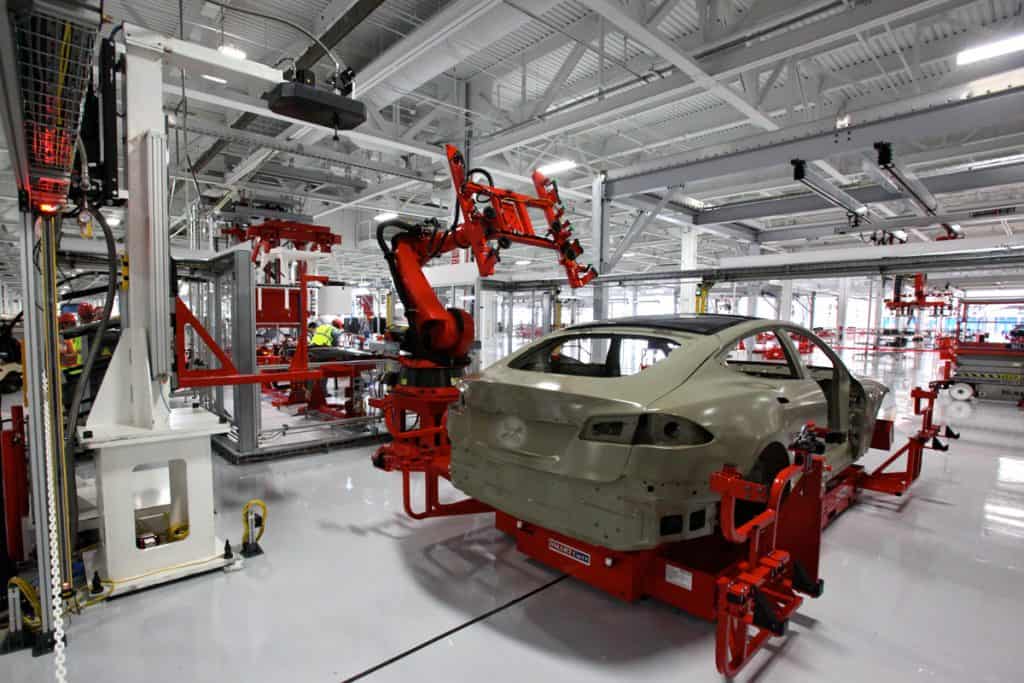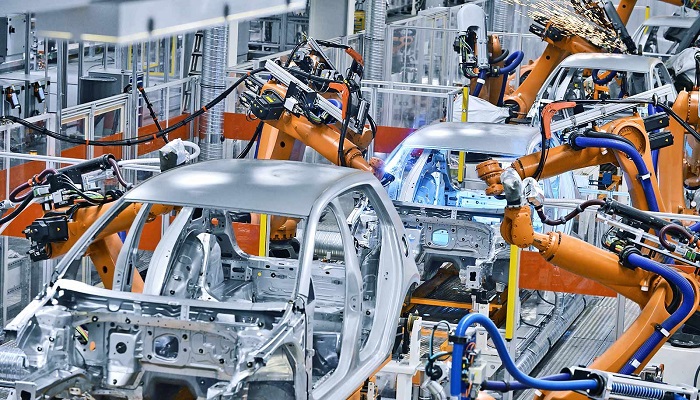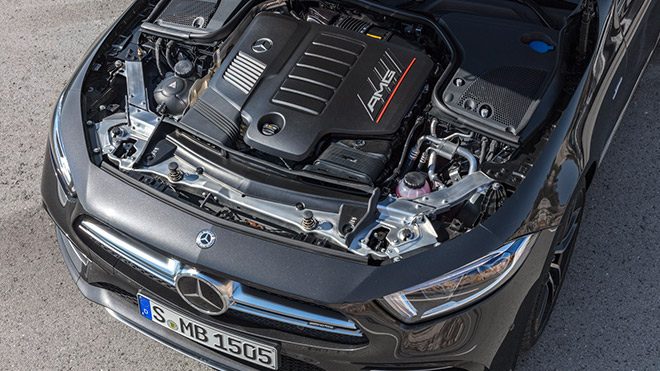Who Wins In The Formula 1 Vs. Champ Cars Drag Race?

Sometimes I am asked what are the dissimilarities in between a Formula 1 and Champ Vehicle chassis. But how quite a few persons definitely know what a Champ Automobile is? (As I am frequently asked to make clear what they are)
Regretably the the vast majority of modern non-racing savvy general public only is familiar with what “RASSCAR” (Nextel Cup) is… So my basic reply is: Do you know the vehicles that operate at the Indianapolis 500? Those people are “Indycars,” which a Champ Automobile loosely resembles.
Despite the fact that technically speaking, the Indy 500 is the sole area of the Indy Racing League, which is NOT Champ Cars. This is thanks to the existing point out of Open Wheel racing acquiring been divided amongst two opposing sanctioning bodies when the CART-IRL split occurred again in 1996…
The most noticeable visual variance involving a Champ Car or truck and IRL chassis is the rear motor cowling. Champ Cars and trucks becoming turbocharged do not utilize an overhead airbox. IRL automobiles characteristic a “Formula 1-esque” airbox to ram air into the engines induction buried within the carbon fibre enclosure…
And but this year’s model new Panoz DP-01 Champ Auto will appear to be a hybrid of the sequence previous Lola B2K chassis and a current spec Method 1 contender with its new entrance wing treatment method. The new Panoz will also benefit from comparable F1 steering wheel mounted paddle shifting and a host of new electronic engine administration attributes which include the removal of the ubiquitous “pop-off” valve…
Providing an exciting twist on the topic of Open up Wheel racing automobiles terminal velocity was the announcement that F1’s BAR-Honda would assault the Bonneville Salt Flats in Oct 2006 in an energy to break 400kph…
Additional particulars were being gleamed even though watching last July’s Formula 1 Qualifying at Silverstone. (Sat, 7/09/06) when the Speed Channel’s Bob Varsha built some interesting remarks throughout the 5AM broadcast.
Varsha famous that the BAR-Honda “jalopy” was predicted to “max-out” at 250+mph jogging a modified Components 1 chassis with front and rear wings taken out and using a parachute…
This sales opportunities back to a further problem I’m typically requested: Which is speedier: “The rooster or the egg. The Coyote or the Road Runner?” ERR, System 1 or “chUmp carZs?”
This normally leads to a comparison of rival equipment. The 2005 BAR-Honda 007 chassis is propelled by a 3. liter typically aspirated V-10,
rumoured to be developing 955bhp @ 19,200RPM’s… But in July 2005, BAR-Honda was in Last position of the F1 Constructor’s standings.
In the meantime the ’05 Champ Automobile, the Lola/Cosworth 2.65 liter turbocharged V-8 was generating 750bhp @ 37″ of increase. Using Cosworth’s “Force-to Go” technology enables motorists 60 seconds of “turbo raise” generating an additional 50bhp to be used for a most output of 800bhp.
During the waning years of Manufacturing facility backed Champ Automobile (CART) racing, engines have been speedy approaching 900bhp. And in 2000 Gil de Ferran recorded Honda’s fifth consecutive CART Drivers’ championship while placing a new earth closed-course pace report of 241.428 mph at California Speedway. (Fontana, CA: 2.5 mile Tri-Oval)
Meanwhile the F1 circus has hit “terminal velocity” speeds of 221+ mph along the entrance straight of Indianapolis whilst making the lengthy blast down the straightaway by operating whole throttle for 21 seconds… (Prior to the 2005 Michelin tire DEBACLE!!! Luckily I was attending the Portland GI Joes Champ Motor vehicle race instead…)
This was prior to Formulation 1’s engine downsizing from 3. liter Generally Aspirated V-10’s to 2.4 liter V-8’s by lopping off two cylinders in an energy to reduce energy outputs which ended up threatening to exceed 1,000bhp!
This experienced transpired in the mid 1980’s in the course of F1’s Turbo era which had noticed 1,100+ bhp in the course of qualifying from the very small 1.5 liter inline 4’s and V-6 twin turbocharged motors. The spiraling horsepower will increase led to the FIA (Formulation 1’s sanctioning human body) deciding on to return to usually aspirated engines with the introduction of 3.5 liter maximum displacement in 1989, with a reduction to 3. liters in 1990… (This engine formulation stayed in spot from 1990 to 2005)
The all time monsters have been recognised as Can Am, which raced from 1966-1974. This noticed the evolution of the all-conquering German Panzer, or else identified as the Porsche 917/30 whose flat 12 turbocharged motor was rumoured to exceed 1,300bhp…
Nevertheless In the mid-90’s Porsche’s immediate descendant of the 917’s: The 956’s adopted by the dominant 962’s vs. Jaguar XJR’s (Lemans prototypes) ended up equally blasting down the 3. mile Mulsane straight just shy of 250mph. (246+ mph) This led to the addition of two chicanes staying extra to carve up the straightaway…
Of program best velocity is basically relative to the automobiles software…
On Oct. 15, 1997 the British Thrust SSC grew to become the 1st jet powered “vehicle” to break the pace of Sound! (Mach 1) The twin motor land jet blasted to a two way common pace of 766.609 mph…
And just wherever do the boundaries of greatest velocity close?
For example, the Lockheed SR-71 flies Faster then a dashing bullet (3,000 mph), although the XB-70 Valkerie broke ALL information with a best pace of Mach 5! (3,700+ mph)
So which is in the long run a lot quicker: Method 1 or Champ Automobiles? Sadly this will Never certainly be answered as the two different sorts of Open Wheel cruise missiles adhere to diverse engine formulas, rules deals, diverse tires, weights, fuels, equipment ratios, and so forth. And the finest limiting factor is the various aerodynamic guidelines enforced by Components 1 vs. Champ Vehicles.
Even the racing is a little different. Even though both of those race on common highway circuits and use the exact same “Point ‘N Squirt” idea of racing. F1 chassis are extra suited to outright acceleration from corner to corner when Champ Automobiles were able to reach bigger best speeds whilst continually circling the banked tremendous speedway ovals during the late 1990’s or as exhibited by modern jogging of the Indy 500…
Nonetheless for the duration of the 2006 Champ Car or truck Globe Sequence raced at Montreal’s Circuit Gilles Villenuve, web-site of the Canadian Method 1 race, their lap times were almost 7 seconds SLOWER then the F1 cars and trucks… (Lap Time Comparison: F1 = 1:14.942 vs. Champ Car or truck = 1:21.856)



